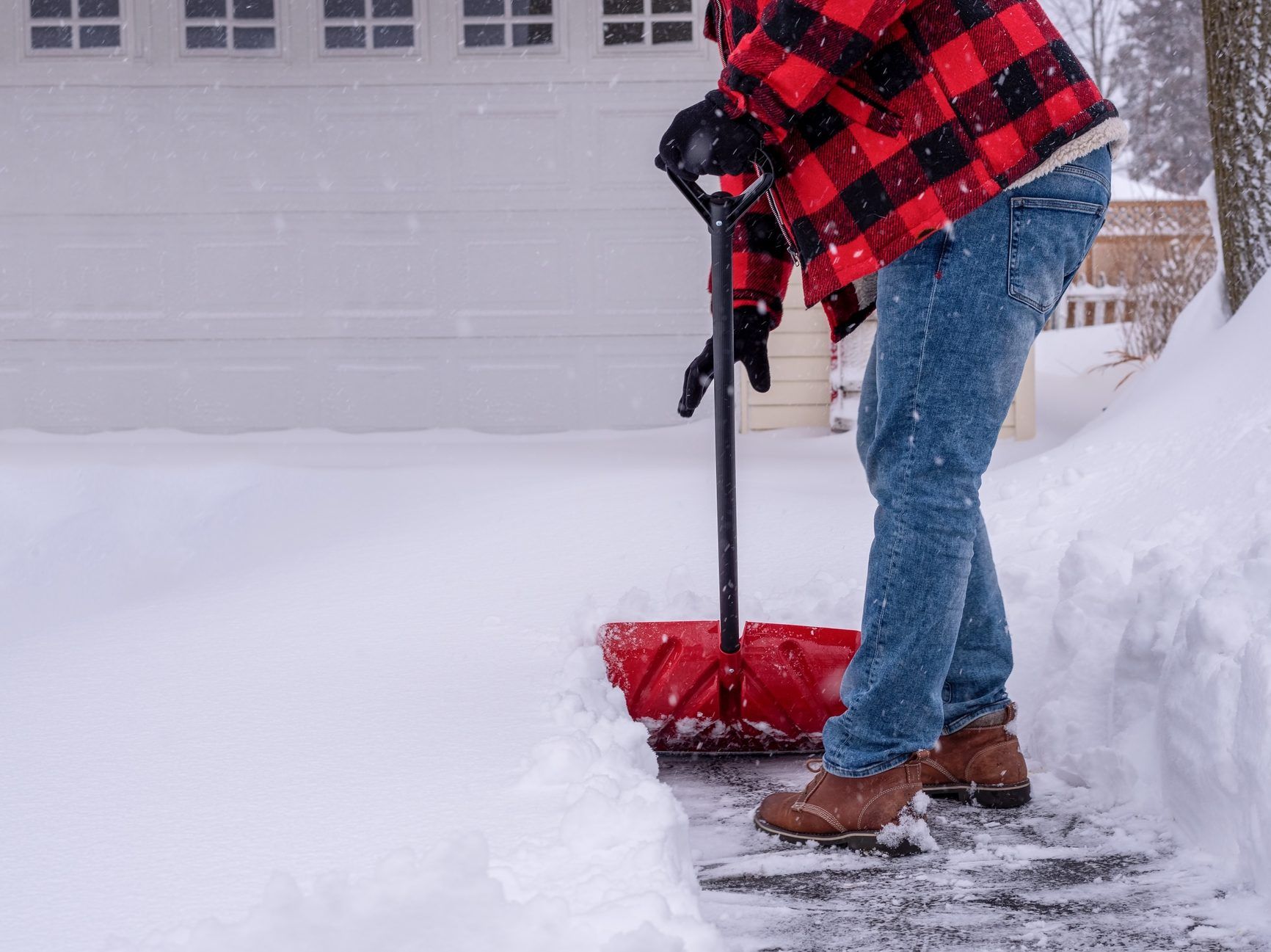Is this town becoming 'the earthquake capital of Ontario'?
A 2.5-magnitude earthquake was recorded on Wednesday 2 km southwest of the Sarnia-area community of 6,000
Author of the article:Brian Williams • Local Journalism Initiative reporter
Published Dec 27, 2023 • Last updated 1 day ago • 2 minute read
For the second time in three months, an earthquake hit the Southwestern Ontario town of Corunna on Wednesday morning – and maybe residents are getting used to it, because some didn’t even notice.
A government agency, Earthquakes Canada, reports that the relatively small 2.5-magnitude earthquake was recorded at 9:47 a.m. two kilometres southwest of the Sarnia-area community of 6,000. But beyond a loud noise, there didn’t appear to be much to the seismic activity.
“I kind of heard a noise this morning, but I didn’t really feel anything shake,” said Mayor Jeff Agar of St. Clair Township, which includes Corunna. “It just sounded like far-off thunder to me.”
That was far different than the 2.5-magnitude quake that hit the town on Oct. 19, which the mayor said felt intense. “The last one – my own house, I could feel it and the windows kind of shake, but this time it didn’t happen.”
This is the fourth quake to hit the region in the past 18 months. That had one resident, Ashley Marsden, wondering whether her town was becoming “the earthquake capital of Ontario.”
Marsden manages the Bad Dog Bar and Grill. She said she didn’t feel anything during Wednesday’s earth-shaker.
“The last one shook, like moved my bed, so definitely I felt that other one that happened a couple months ago, but this one I didn’t,” Marsden said.
A Facebook group for Sarnia-area residents drew feedback from others, too. While one person said they “felt it in Corunna this morning” another added: “Heard the bang, but didn’t feel it.”
The Canadian government describes all four of the recent earthquakes as being lightly felt in Corunna.
After the October quake, The Sarnia Observer spoke with Allison Bent, a seismologist who said 2.5-magnitude earthquakes “aren’t very big” in terms of rocking buildings and rattling citizens.
“(2.5-magnitude earthquakes are) much too small to be damaging – just enough to remind us that earthquakes happen,” she said.
Earthquakes Canada is part of the federal department of natural resources. It tracks quakes across the country. It recorded 10 across the country over the five days ending Dec. 27.
CORUNNA QUAKES
2.5-magnitude, three kilometres south of Corunna and five kilometres deep on May 23, 2022.
2.4-magnitude, five kilometres northwest of Corunna and five kilometres deep on Nov. 20, 2022.
2.5-magnitude, three kilometres northwest of Corunna and five kilometres deep on Oct. 19, 2023.
2.5-magnitude, two kilometres southwest of Corunna and five kilometres deep on Dec. 27, 2023.
bwilliams@postmedia.com
Twitter.com/BrianWatLFPress

A 2.5-magnitude earthquake was recorded on Wednesday 2 km southwest of the Sarnia-area community of 6,000
Author of the article:Brian Williams • Local Journalism Initiative reporter
Published Dec 27, 2023 • Last updated 1 day ago • 2 minute read
For the second time in three months, an earthquake hit the Southwestern Ontario town of Corunna on Wednesday morning – and maybe residents are getting used to it, because some didn’t even notice.
A government agency, Earthquakes Canada, reports that the relatively small 2.5-magnitude earthquake was recorded at 9:47 a.m. two kilometres southwest of the Sarnia-area community of 6,000. But beyond a loud noise, there didn’t appear to be much to the seismic activity.
“I kind of heard a noise this morning, but I didn’t really feel anything shake,” said Mayor Jeff Agar of St. Clair Township, which includes Corunna. “It just sounded like far-off thunder to me.”
That was far different than the 2.5-magnitude quake that hit the town on Oct. 19, which the mayor said felt intense. “The last one – my own house, I could feel it and the windows kind of shake, but this time it didn’t happen.”
This is the fourth quake to hit the region in the past 18 months. That had one resident, Ashley Marsden, wondering whether her town was becoming “the earthquake capital of Ontario.”
Marsden manages the Bad Dog Bar and Grill. She said she didn’t feel anything during Wednesday’s earth-shaker.
“The last one shook, like moved my bed, so definitely I felt that other one that happened a couple months ago, but this one I didn’t,” Marsden said.
A Facebook group for Sarnia-area residents drew feedback from others, too. While one person said they “felt it in Corunna this morning” another added: “Heard the bang, but didn’t feel it.”
The Canadian government describes all four of the recent earthquakes as being lightly felt in Corunna.
After the October quake, The Sarnia Observer spoke with Allison Bent, a seismologist who said 2.5-magnitude earthquakes “aren’t very big” in terms of rocking buildings and rattling citizens.
“(2.5-magnitude earthquakes are) much too small to be damaging – just enough to remind us that earthquakes happen,” she said.
Earthquakes Canada is part of the federal department of natural resources. It tracks quakes across the country. It recorded 10 across the country over the five days ending Dec. 27.
CORUNNA QUAKES
2.5-magnitude, three kilometres south of Corunna and five kilometres deep on May 23, 2022.
2.4-magnitude, five kilometres northwest of Corunna and five kilometres deep on Nov. 20, 2022.
2.5-magnitude, three kilometres northwest of Corunna and five kilometres deep on Oct. 19, 2023.
2.5-magnitude, two kilometres southwest of Corunna and five kilometres deep on Dec. 27, 2023.
bwilliams@postmedia.com
Twitter.com/BrianWatLFPress





![1000052349-e1703879272259[1].jpg 1000052349-e1703879272259[1].jpg](https://forums.canadiancontent.net/data/attachments/18/18826-9dd78b19fe2b06dbd82e4a98c4dd7264.jpg)

![1000052575-e1703880029798[1].jpg](/data/attachments/18/18824-aeb36e6602335d7376250c1c1138a200.jpg)
![1000052350-e1703880066987[1].jpg](/data/attachments/18/18825-03bca335a926798212413820afad976c.jpg)





![Australia-Largest-Poisonous-Spider-scaled-e1704410597693[1].jpg Australia-Largest-Poisonous-Spider-scaled-e1704410597693[1].jpg](https://forums.canadiancontent.net/data/attachments/18/18913-4bfecbea8b63d02eadffd9828ea52742.jpg)

![Australia-Largest-Poisonous-Spider-1-scaled[1].jpg](/data/attachments/18/18912-5c6d6844a0a66a5f57179b0d0398db96.jpg)



